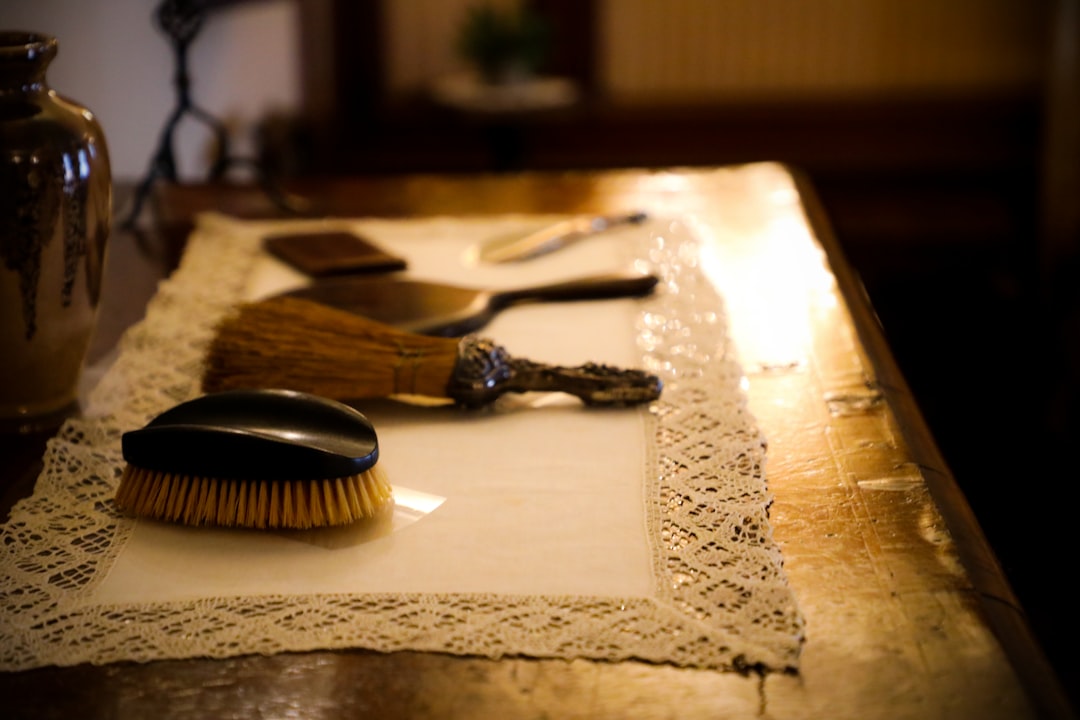Sharpening Frequency Matrix
Determine sharpening intervals based on service volume, steel type, and technique intensity.

Frequency matrix
| Service volume | Steel tier | Primary techniques | Sharpening cadence |
|---|---|---|---|
| 30+ cuts/week | Tier S/A powder or cobalt | Dry cutting, slide work, precision bobs | Every 10–12 weeks |
| 30+ cuts/week | Tier B workhorse | Blunt cutting, barbering, scissor-over-comb | Every 12–16 weeks |
| 15–25 cuts/week | Tier A/B | Mixed salon services | Every 16–20 weeks |
| <15 cuts/week | Tier B/C | General salon work, student kits | Every 20–24 weeks |
| Chemical station/backup tools | Tier C/D | Occasional use | Every 9–12 months |
Adjust frequency sooner if you notice drag, bending, or increased tension adjustments.
Inputs to log
- Service count: Track clients per week in your POS or spreadsheet.
- Technique intensity: High slide cutting or dry work accelerates wear.
- Steel hardness: Harder steels hold edges longer but chip faster when neglected.
- Sharpener quality: High-caliber sharpening can extend intervals; poor work shortens lifespan.
Sharpening calendar workflow
- Add each shear to your maintenance tracker with purchase date and steel type.
- Enter target sharpening intervals using the matrix.
- Create recurring calendar events (Google Calendar, Notion) two weeks before the due date to secure appointments.
- After sharpening, log results and adjust the next interval if the edge lasted longer/shorter than expected.
Emergency triggers
Schedule an immediate sharpening if you observe:
- Hair folding despite correct tension
- Audible crunching with clean blades
- Visible chips or rust
- Dragging through wet hair even after cleaning
Team implementation
Salon owners should post the matrix in the breakroom and incorporate it into SOPs. Require stylists to submit sharpening receipts for warranty documentation and liability protection.
Related resources
- Maintenance Basics
- Investment Strategy for budgeting service costs
- Sharpening Blueprint

